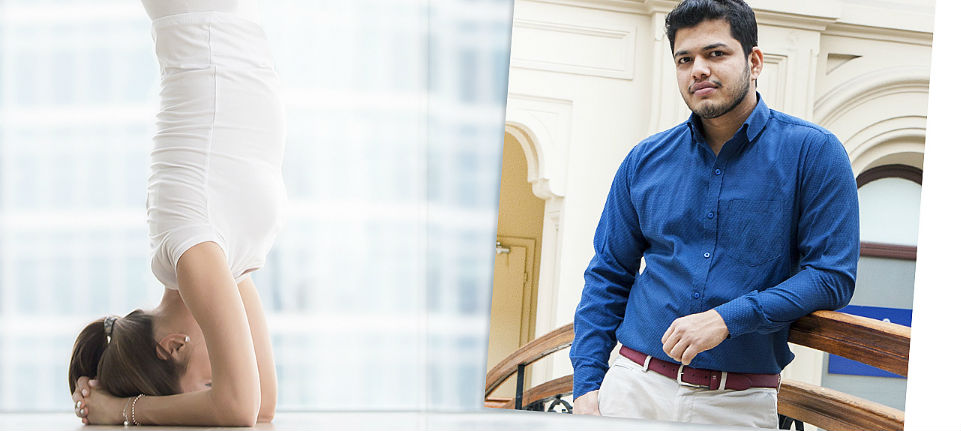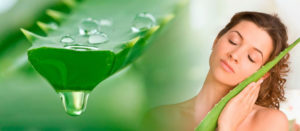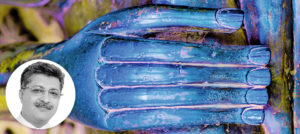Human mind and body are closely interlinked. Any disturbance in the equilibrium of the mind will affect the body and vice versa. In the 21st century the seat of diseases shifted from body to mind; an underlying psychological factor can be found in most of the physical problems. In such psychosomatic diseases, instead of traditional way of symptomatic treatment, there should be a strong organized new method of treatment by combining two ancient Indian sciences, Ayurveda and Yoga.
Ayurveda, the science of life, which considers body as a whole – shareera indriya satwa atma (physical entity, sense organs, mind and soul) – can treat psychosomatic diseases more potentially than any other science. Health is explained as the equilibrium of shareerika doshas (Vata, Pitta, Kapha) and manasika gunas (Satva, Rajas, Tamas). Imbalance of shareerika dosas leads to vyadhi and manasika dosa to aadhi. Here all the diseases are widely categorized as aadijavyadhi (psychosomatic) and anadijavyadhi (somatic). It is evident that in psychosomatic diseases (aadijavyadhi) cannot be cured from the root unless we resolve the psychological factor.
On the other side, yoga therapy got worldwide acceptance for the benefits it provides for both physical and mental level of a person. It is very important that we do not consider a particular asana for particular organ or disease theory. Here we have to adopt the Panchakosha theory as a whole and plan the therapy module accordingly.
So, how to combine Ayurveda and yoga in an effective way? If a person is suffering from physical problems or some acute disease, first we have to go through an Ayurveda treatment and Panchakarma procedures if needed. The diet and regimen plans are devised in accordance with an individual Prakriti (genetic constitution), Vikriti (current condition) and Roga (disease) of a person. After completing the treatment, a specific yoga therapy can be introduced along with the ongoing medication.
Different yoga asanas and exercises
- Annamaya kosha can be influenced by a specific set of Yoga asana (in all postures – standing, sitting, supine, prone) and sithileekarana vyayama (loosening exercises).
- Pranamaya kosha can be influenced by meditation relaxation techniques (Quick Relaxation Technique, Instant Relaxation Technique, Deep Relaxation Technique).
- Vijnamaya kosha can be influenced by Ayurveda orientation classes about Dinacharya (daily regimen), Rithucharya (seasonal regimen), ayurvedic view of life – dhi dharirya admadi vijnanam mano doshowshadam param (improving intelligence, courage and self-realization are the means of treating mental imbalance).
All the practices will bring a total effect on Anandamaya kosha.
The combined effect of both Ayurveda and Yoga help the patient to regain their momentum of life in an effective way. Instead of chronic usage of anticonvulsants, antidepressants and hypnotic drugs, which eventually result in numerous other health issues, Ayur-Yoga provides a cost-effective module in the most natural way.
Akhil Kumar, B.A.M.S., private consultant, Kozhikode, Kerala, India





